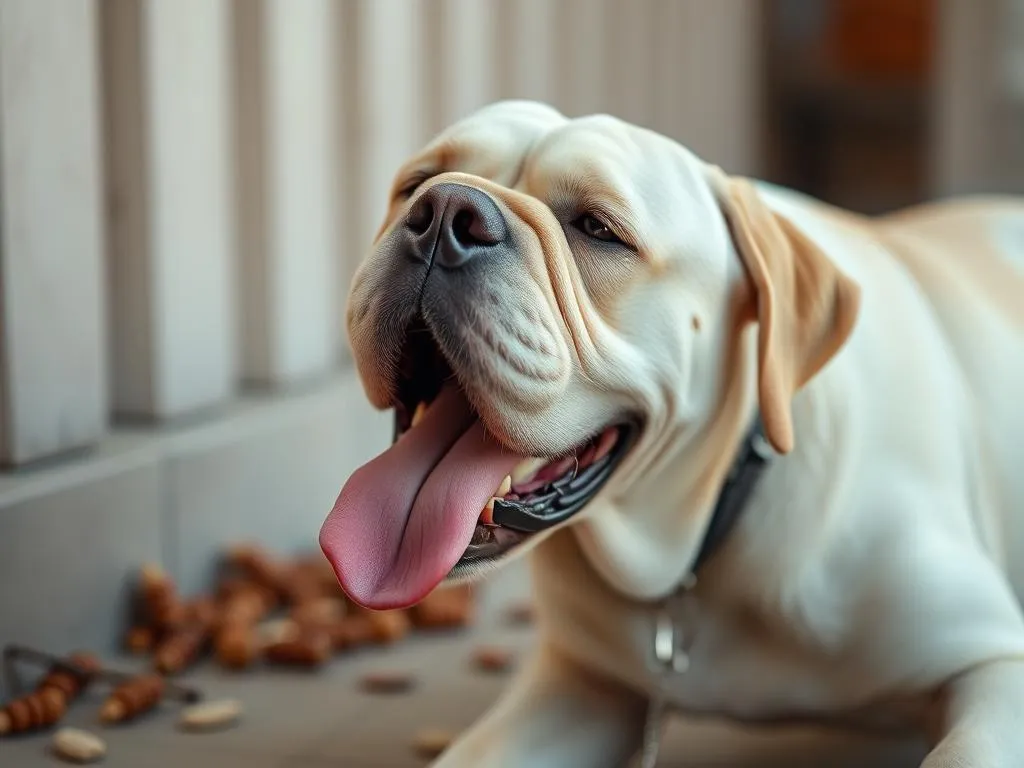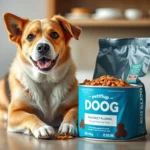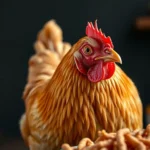
Good nutrition is vital to a dog’s overall health, longevity, and behavior. Just as humans must pay attention to their diet, dogs require a carefully balanced intake of nutrients to thrive. One innovative tool that has gained popularity among dog owners is the slow feeder. These specially designed bowls aim to slow down a dog’s eating pace, which can have significant implications for their health and well-being. So, are slow feeders good for dogs? In this article, we’ll explore the various aspects of dog nutrition, the role of slow feeders, their benefits, and the best practices for using them.
Understanding Dog Nutrition
Importance of Proper Nutrition
Proper nutrition directly influences a dog’s health, energy levels, and behavior. Dogs that receive balanced diets are more likely to have robust immune systems, which can lead to a longer lifespan. Additionally, nutrition affects a dog’s behavior—dogs that are well-fed often exhibit fewer behavioral issues and have more energy for play and training.
Nutritional Requirements for Dogs
Dogs require a variety of nutrients to stay healthy:
- Proteins: Essential for growth, repair, and maintenance of tissues.
- Fats: Provide energy and support cell growth.
- Carbohydrates: Serve as a source of energy and aid in digestion.
- Vitamins and Minerals: Necessary for various body functions, including bone health and immune function.
The nutritional needs of dogs can vary significantly based on their age, size, and breed. Puppies, for instance, require more protein and calories than adult dogs to support their rapid growth. Larger breeds may have different dietary needs compared to smaller breeds, especially concerning joint health.
Common Nutritional Myths
There are many misconceptions surrounding dog diets. For instance, some believe that dogs are strictly carnivorous, while in reality, they thrive on a balanced diet that includes plant-based ingredients. It is essential to consult with a veterinarian to dispel these myths and receive personalized dietary advice for your dog.
What Are Slow Feeders?
Definition and Purpose
Slow feeders are specially designed bowls that encourage dogs to eat at a slower pace. By incorporating obstacles or unique shapes, these feeders make it difficult for dogs to gulp their food quickly. The primary purpose of slow feeders is to promote healthy eating habits and better digestion.
Types of Slow Feeders
Slow feeders come in various designs, each with its pros and cons:
-
Bowls: Typically made of plastic or ceramic, these bowls feature ridges and obstacles to slow down eating. They are easy to clean but can be less durable.
-
Mats: These silicone mats often have raised areas to hold the food in place, making it more challenging for dogs to eat quickly. They can be more challenging to clean but offer a different feeding experience.
-
Puzzle Feeders: These interactive feeders require dogs to solve a puzzle to access their food. They provide the most mental stimulation but can be more expensive and complex.
Choosing the right type depends on your dog’s size, breed, and eating habits.
Benefits of Slow Feeders for Dogs
Slowing Down Eating Habits
One of the primary benefits of slow feeders is that they effectively reduce gulping. When dogs eat too quickly, they can ingest air along with their food, which may lead to digestive issues and discomfort. By using a slow feeder, dogs learn to take their time, which can positively impact their digestion and overall gastrointestinal health.
Weight Management
Slow feeders can also be beneficial for weight management. By controlling portion sizes and encouraging slower eating, these feeders can help prevent overeating and promote a healthier weight. In fact, studies have shown that dogs using slow feeders often experience weight loss when combined with a proper diet and exercise routine.
Mental Stimulation
Slow feeders aren’t just about physical health; they also provide mental stimulation. Many dogs thrive on problem-solving activities, and slow feeders encourage this type of engagement. By requiring dogs to navigate around obstacles to get their food, these feeders can reduce boredom and anxiety, leading to a calmer and more satisfied pet.
Prevention of Bloat
Bloat, or gastric dilatation-volvulus (GDV), is a serious condition that can affect dogs, particularly large breeds. It occurs when the stomach fills with gas and twists on itself, which can be fatal if not treated immediately. While no feeding method can guarantee the prevention of bloat, slow feeders may help mitigate the risk by encouraging slower eating, which reduces the amount of air ingested during meals.
Are Slow Feeders Right for Your Dog?
Factors to Consider
When deciding if a slow feeder is suitable for your dog, consider their size, breed, and eating habits. Dogs that are prone to gastrointestinal issues or those that eat very quickly may benefit the most from slow feeders. Additionally, certain breeds are more susceptible to bloat and may require a slow feeder as a preventive measure.
When to Avoid Slow Feeders
Not all dogs may benefit from slow feeders. For instance, dogs with specific health conditions, such as severe dental problems or those recovering from surgery, may need alternative feeding methods. If your dog has a condition that affects its ability to eat normally, consult your veterinarian for tailored advice.
How to Introduce a Slow Feeder
Transitioning from Regular Bowls
Introducing a slow feeder to your dog’s routine should be done gradually. Start by allowing your dog to explore the feeder without food to get accustomed to it. Once they seem comfortable, fill it with a small amount of food to encourage exploration. Monitor your dog’s adaptation, ensuring they are not frustrated or stressed by the new feeding method.
Choosing the Right Slow Feeder
Selecting the right slow feeder involves considering the material, size, and design. Look for durable materials that are easy to clean, especially if your dog tends to be messy while eating. Ensure the feeder is the right size for your dog, allowing them to eat comfortably without frustration. Popular brands often provide a variety of options, so read reviews to gauge their effectiveness.
Important Considerations and Best Practices
Cleaning and Maintenance
Keeping slow feeders clean is crucial for maintaining your dog’s health. Food particles can accumulate in the crevices, potentially leading to bacterial growth. Wash the feeder regularly with hot soapy water and consider using a dishwasher if the material allows for it. Always check for wear and tear to ensure the feeder remains safe for your dog.
Combining Slow Feeders with Other Feeding Strategies
Slow feeders can be effectively integrated into your dog’s overall feeding strategy. Establishing a feeding schedule can help with portion control, while slow feeders can be used in conjunction with training sessions to reinforce good behavior. Always monitor your dog’s eating habits and adjust as necessary to ensure they are receiving the appropriate nutrition.
Conclusion
In summary, slow feeders can offer numerous benefits for dogs, from promoting healthy eating habits to providing mental stimulation. They are particularly helpful for dogs that tend to eat too quickly, are overweight, or are at risk for bloat. However, it is essential to consider your dog’s individual needs and consult with a veterinarian before making any significant changes to their diet or feeding methods. By being mindful of your dog’s nutrition and feeding practices, you can promote a healthier, happier life for your canine companion.









